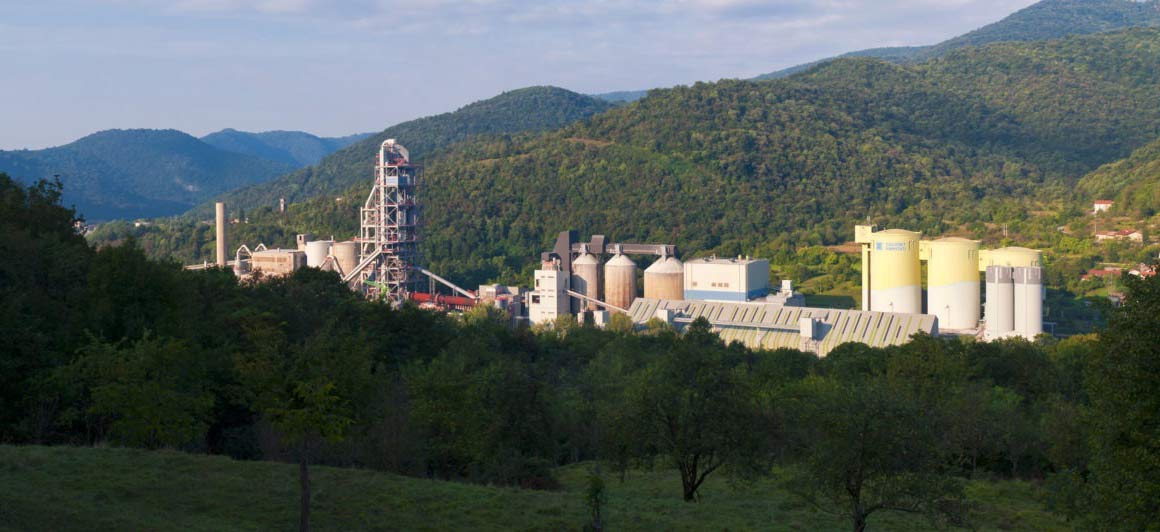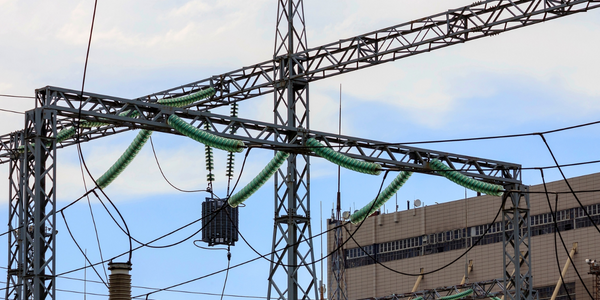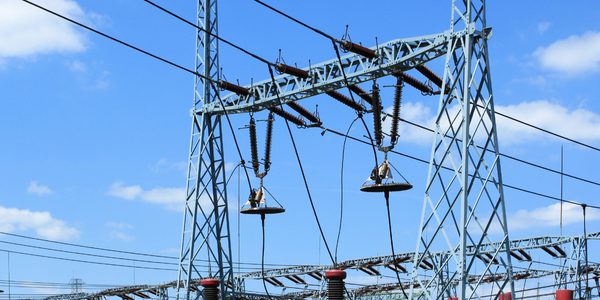
Technology Category
- Other - Battery
- Sensors - Utility Meters
Applicable Industries
- Cement
- Electrical Grids
Use Cases
- Building Energy Management
- Energy Management System
Services
- System Integration
The Customer
Salonit Anhovo
About The Customer
Salonit Anhovo is the largest cement production factory in Slovenia, with a history of over 90 years. Located in the central valley of Soča, the factory has been a driver of innovation for the region. Over the past decade, the factory has made significant investments in its production line. Salonit Anhovo is committed to environmental regulation compliance and is dedicated to optimizing and reducing energy consumption. The factory uses around 60% alternative fuels and maintains a CO2 emission factor below the benchmark factor. Despite these efforts, the energy-intensive nature of clinker production has led to high energy bills, primarily for electricity.
The Challenge
Salonit Anhovo, the largest cement production factory in Slovenia, aimed to join the top 10% most energy-efficient cement factories in Europe. Despite already using around 60% alternative fuels and maintaining a CO2 emission factor below the benchmark factor, the factory faced significant challenges due to the energy-intensive nature of clinker production. The factory's electricity consumption averaged 85 GWh, with 2500 Tera Joules of energy used for clinker burning, leading to energy bills of up to 9 million EUR per year, primarily for electricity. Salonit needed to comply with European energy regulation and sought to leverage a co-financing mechanism to invest in equipment and monitoring solutions that would help meet the energy consumption reduction target.
The Solution
Salonit Anhovo opted for a wireless technology over wired technology to simplify the roll-out of an energy management system (EMS). They chose LoRaWAN for its long-range capabilities, considering the Salonit site stretches over 3 km in a valley. The factory implemented the Combox.L CI-B series of sensors for their long battery life and suitability for the harsh industrial environment. Before the EMS implementation, data was collected via a legacy SCADA system and manually registered monthly energy consumption. Now, all energy data is automatically collected via the Gemalogic EMS from Solvera Lynx. The EMS couples energy management data with production data and stores it in an online database. The system also prepares energy usage reports automatically, which are shared throughout the organization.
Operational Impact
Quantitative Benefit

Case Study missing?
Start adding your own!
Register with your work email and create a new case study profile for your business.
Related Case Studies.

Case Study
System 800xA at Indian Cement Plants
Chettinad Cement recognized that further efficiencies could be achieved in its cement manufacturing process. It looked to investing in comprehensive operational and control technologies to manage and derive productivity and energy efficiency gains from the assets on Line 2, their second plant in India.

Case Study
Hydro One Leads the Way In Smart Meter Development
In 2010, Ontario’s energy board mandated that time-of-use (TOU) pricing for consumers be available for all consumers on a regulated price plan. To meet this requirement, Hydro One needed to quickly deploy a smart meter and intelligent communications network solution to meet the provincial government’s requirement at a low cost. The network needed to cover Hydro One’s expansive service territory, which has a land mass twice the size of Texas, and its customers live in a mix of urban, rural, and remote areas, some places only accessible by air, rail, boat or snowmobile. Most importantly, the network needed to enable future enterprise-wide business efficiencies, modernization of distribution infrastructure and enhanced customer service. To meet these needs, Hydro One conceptualized an end-to-end solution leveraging open standards and Internet Protocols (IP) at all communication levels. The utility drew upon industry leaders like Trilliant to realize this vision.

Case Study
Selling more with Whirlpool
Whirlpool wanted to add connectivity to appliances and transform the company's relationship with customers. Traditionally, Whirlpool interaction with customers was limited to purchases made once every ten years. Connected washer and dryers provide exciting new features like remote management of start times and inter-machine communication.

Case Study
SAS® Analytics for IoT: Smart Grid
Companies face falling revenues, rising infrastructure costs, and increasing risk of outages caused by inconsistent energy production from renewable sources. Less money is coming in as more people and organizations take steps to curb their energy use. Utilities are paying more to maintain and build infrastructure due to increasing complexity, resulting from the rising number of intermittent and variable renewable energy sources connected in the distribution grid.

Case Study
Enel Secures Italian Power Generation Network
Electric energy operators around the world are working to increase the reliability and cyber resiliency of their systems. This includes Enel, a global power company that manages and monitors the Italian power grid. This grid:• Serves 31 million customers• Has a net installed energy capacity exceeding 31 gigawatts• Includes more than 500 power generation plants,including hydroelectric, thermoelectric, and wind• Is managed and monitored by Enel 24/7/365• Is operated by Terna, the Italian Transmission System Operator (TSO)Enel is responsible for the availability of the grid’s underlying ICS and industrial network. It also manages Regional Control Centers and Interconnection Centers which connect with the TSO. The TSO manages the flow of energy to the grid plus controls and remotely regulates the power generation of power plants, increasing and decreasing power production as required. The complex system of interaction and cooperation between Enel and the TSO has strong security implications as well as operational and business challenges.

Case Study
IoT based Energy Quality Availability Monitoring Solution
There were several challenges faced:Since this data would be in the public domain, accuracy and authenticity of this data were of paramount importance. It should be able to withstand scrutiny.It is challenging to build an appliance that can withstand a wide range of voltage fluctuations from as low at 90v to as high as 320v. Since the device would be installed in remote locations, its resilience was of paramount importance.The device would have to deal with poor network coverage and have the ability to store and re-transmit data if networks were not available, which is often the case in rural India. The device could store up to 30 days of data.The platform that deals with the data should be readily available and highly reliable and never lose a packet of data.



